
Flags
Gillian Pistell writes on the loaded symbol of the American flag in the work of postwar and contemporary artists.
Extended through September 27, 2014
This exhibition, organized by Gagosian director Bob Monk, surveys Ruscha’s prints of the past forty years, together with rarely seen photographs produced since 1959.
Ranging freely and dexterously across traditional, unconventional, and sometimes even comestible materials, Ruscha’s prints are a fluid forum for the spirited investigation of what a limited-edition artwork can be. His absorption and rethinking of the requirements of each graphic procedure and format result in step-by-step transformations, in a process that echoes the eternal return of the subjects that make up his broader oeuvre. Ruscha arrived in Los Angeles in 1956 to study commercial art at the Chouinard Art Institute (now CalArts), and underwent a six-month apprenticeship with a printer beginning in 1958. Attracted to the reproducibility, collaborative processes, and happy accidents specific to printmaking, he began to create a wealth of lithographic editions, infusing the Pop and Conceptual sensibilities of the time with vernacular wit and melancholy. His exquisitely refined prints engage a breadth of formal themes, from text and typography to still life and quotidian architecture, played out in a spirit of rigorous yet restless experimentation.
The quartet of gas stations Standard Station, Mocha Standard, Cheese Mold Standard with Olive, and Double Standard (1966–69) merge Euclidean space with Renaissance perspective and wordplay, while depictions of the Hollywood sign and its surrounding hills convey an attitude to the region’s landscape, at once scientific and romantic, natural and artificial. In Hollywood in the Rain (1969), the monumental sign forms part of a linear landscape in the style of early topographic illustrations, while the lithographic series Landmark Decay and Further Landmark Decay (2006) depict the letters in various stages of collapse. “‘Hollywood’ is like a verb to me,” Ruscha once said. “It’s something you can do to any subject or any thing.” Parallel to his output of paintings and drawings, Ruscha’s prints of the past four decades are random yet refined expressions of this unrestricted approach.
In the portfolio of screenprints News, Mews, Pews, Brews, Stews, Dues (1970), produced at Editions Alecto, London, rhyming words appear in Gothic typeface, printed in edible substances such as pie fillings, bolognese sauce, caviar, and chocolate syrup. Each word alludes to Ruscha’s impressions of England: News symbolizes “a tabloid-minded country,” while Stews—made from baked beans, strawberries, chutney, and other foodstuffs—sums up British cooking.

Gillian Pistell writes on the loaded symbol of the American flag in the work of postwar and contemporary artists.
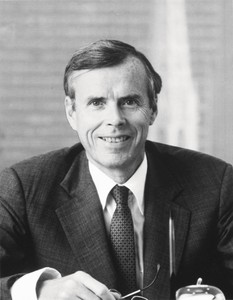
Jacoba Urist profiles the legendary collector.
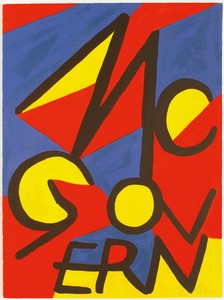
Against the backdrop of the 2020 US presidential election, historian Hal Wert takes us through the artistic and political evolution of American campaign posters, from their origin in 1844 to the present. In an interview with Quarterly editor Gillian Jakab, Wert highlights an array of landmark posters and the artists who made them.

Lisa Turvey examines the range of effects conveyed by the blurred phrases in recent drawings by the artist, detailing the ways these words in motion evoke the experience of the current moment.
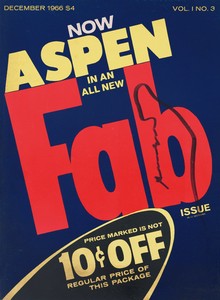
Gwen Allen recounts her discovery of cutting-edge artists’ magazines from the 1960s and 1970s and explores the roots and implications of these singular publications.
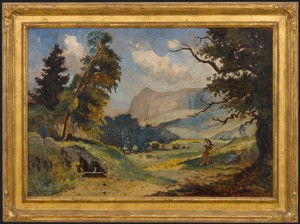
Ed Ruscha tells Viet-Nu Nguyen and Leta Grzan how he first encountered Louis Michel Eilshemius’s paintings, which of the artist’s aesthetic innovations captured his imagination, and how his own work relates to and differs from that of this “Neglected Marvel.”
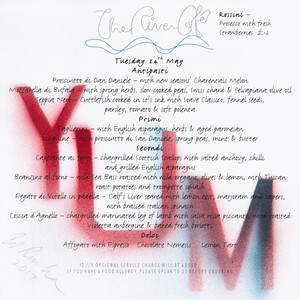
London’s River Café, a culinary mecca perched on a bend in the River Thames, celebrated its thirtieth anniversary in 2018. To celebrate this milestone and the publication of her cookbook River Café London, cofounder Ruth Rogers sat down with Derek Blasberg to discuss the famed restaurant’s allure.
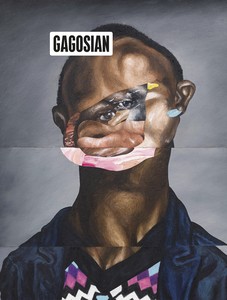
The Fall 2019 issue of Gagosian Quarterly is now available, featuring a detail from Sinking (2019) by Nathaniel Mary Quinn on its cover.
In conjunction with his exhibition VERY at Louisiana Museum of Modern Art in Humlebæk, Denmark, Ed Ruscha sat down with Kasper Bech Dyg to discuss his work.
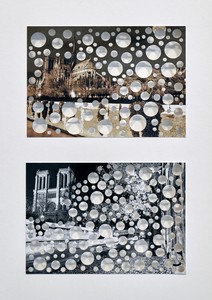
An exhibition at Gagosian, Paris, is raising funds to aid in the reconstruction of the Cathédrale Notre-Dame de Paris following the devastating fire of April 2019. Gagosian directors Serena Cattaneo Adorno and Jean-Olivier Després spoke to Jennifer Knox White about the generous response of artists and others, and what the restoration of this iconic structure means across the world.
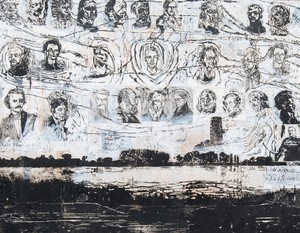
An exhibition at the Broad in Los Angeles prompts James Lawrence to examine how artists give shape and meaning to the passage of time, and how the passage of time shapes our evolving accounts of art.
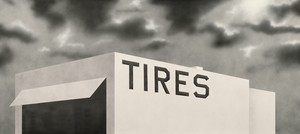
Ed Ruscha sat down with Tom McCarthy and Elizabeth Kornhauser, curator at the Metropolitan Museum of Art, to discuss the nineteenth-century artist Thomas Cole, whose Course of Empire paintings inspired a series of works by Ruscha more than a century later.
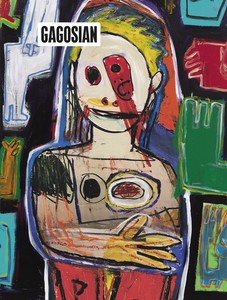
The Winter 2018 issue of Gagosian Quarterly is now available. Our cover this issue comes from High Times, a new body of work by Richard Prince.
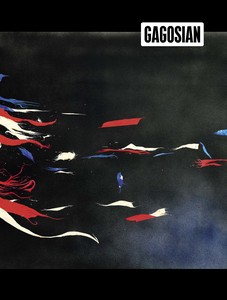
The Spring 2018 Gagosian Quarterly with a cover by Ed Ruscha is now available for order.
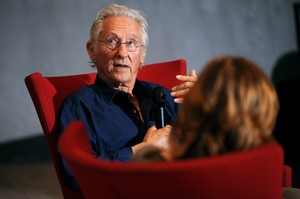
Ed Ruscha sat down with JoAnne Northrup of the Nevada Museum of Art to discuss the exhibition Unsettled, which the two co-curated.
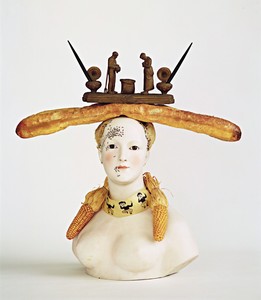
Mary Ann Caws and Charles Stuckey discuss the presence of food and the dining table in the history of modern art.

Diana Widmaier Picasso, curator of the exhibition Desire, reflects on the history of eroticism in art.
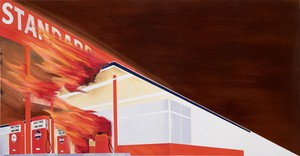
Ed Ruscha’s Burning Gas Station (1965–66) was a game changer. Text by Larry Gagosian.
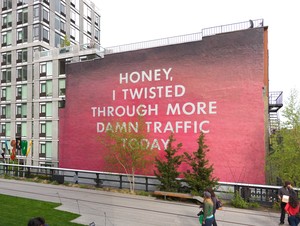
The High Line Art Program’s Cecilia Alemani discusses Ed Ruscha’s mural.